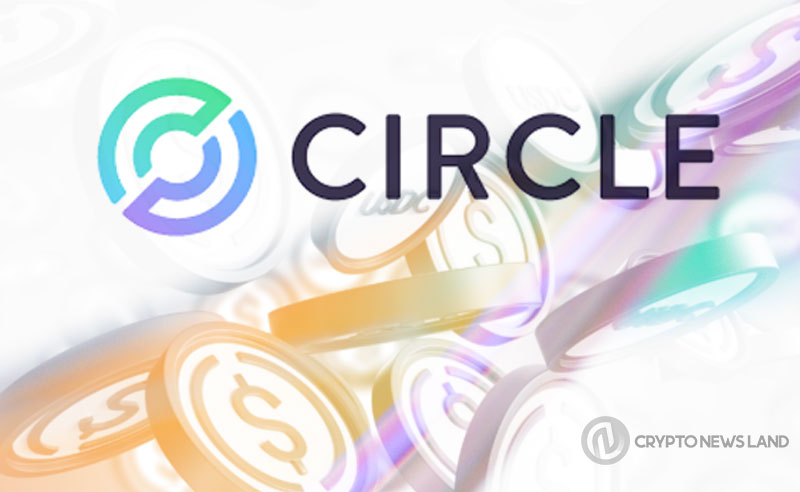- Stripe’s $1.1 billion acquisition of Bridge showcases a major fintech push into stablecoin technology, shifting the market landscape.
- Relying solely on reserve interest isn’t sustainable for stablecoins; alternative revenue streams are crucial for long-term success.
- Regulation reshapes the stablecoin landscape, moving away from a single winner to a more competitive and standardized market.
Stablecoin orchestration firm Bridge, acquired by Stripe for $1.1 billion, shows the company’s commitment to incorporating stablecoin technology into its payment systems. However, there are a lot of myths that make it difficult to comprehend how stablecoins might produce long-term gains.
Misconceptions about Stablecoin Monetization
Stablecoins often face scrutiny regarding their profitability. First, relying solely on reserve interest is not viable. Issuers like Circle and Tether have benefitted from interest rate hikes, but this model lacks sustainability.
Moreover, revenue can also come from transaction flows. Circle’s increase in redemption fees reflects this strategy shift. However, imposing transaction fees creates friction. Hence, ensuring user trust and seamless entry and exit becomes essential.
Consequently, stablecoin issuers must explore alternative revenue streams. Unfortunately, this leads to competition with their own customers. Stripe, on the other hand, sidesteps this issue. As a leading payments company, it excels at monetizing software layers atop global money movement. This positioning provides Stripe with unique advantages over traditional stablecoin issuers.
Regulation and the Future of Stablecoins
Additionally, the relationship between stablecoins and regulation is complex. Many view stablecoins as simple global dollar accounts. However, regulation will play a role in their evolution.
Therefore, the idea that there will be a single dominant stablecoin is misleading. Instead, the unique peg to currencies like USD or EUR limits their appeal. Once regulation standardizes stablecoins, users will see them as interchangeable currencies.
Furthermore, established fintech companies are well-positioned to leverage stablecoins. Companies like Revolut and Monzo possess banking licenses, providing them with a competitive edge. Consequently, these players are likely to push for rapid licensing efforts. This trend will accelerate their ability to utilize stablecoins effectively.
Moreover, leading crypto exchanges will also harness stablecoins. By doing so, they can challenge major fintech and payment companies. This strategy enhances their credibility and expands their market reach.
disclaimer read moreCrypto News Land, also abbreviated as "CNL", is an independent media entity - we are not affiliated with any company in the blockchain and cryptocurrency industry. We aim to provide fresh and relevant content that will help build up the crypto space since we believe in its potential to impact the world for the better. All of our news sources are credible and accurate as we know it, although we do not make any warranty as to the validity of their statements as well as their motive behind it. While we make sure to double-check the veracity of information from our sources, we do not make any assurances as to the timeliness and completeness of any information in our website as provided by our sources. Moreover, we disclaim any information on our website as investment or financial advice. We encourage all visitors to do your own research and consult with an expert in the relevant subject before making any investment or trading decision.





